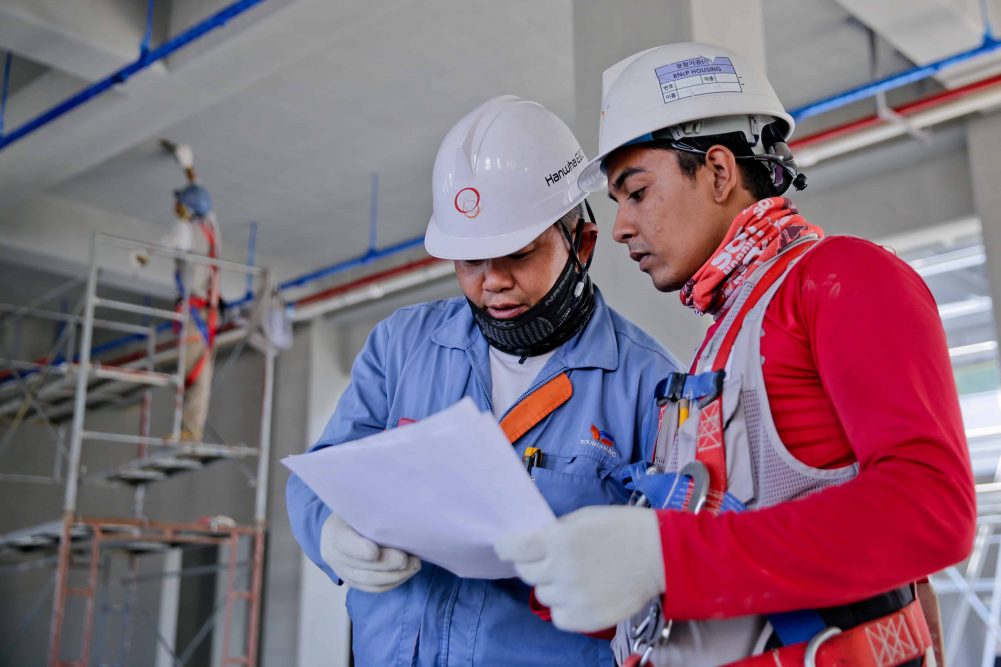
Physical Abilities Testing: Four Guidelines to Minimize Scrutiny
by Kelly Svihus | September 17, 2018Physical Abilities Tests (PAT) can be a useful tool for employers that seek ideal workers for physically demanding jobs. However, a biased test could cost your business millions in investigations, charges, and lawsuits. Just earlier this year, the Equal Employment Opportunity Commission (EEOC) filed two cases of female discrimination that cost the respective companies $2.5 million and $3.2 million in settlements.
We suggest the following four guidelines to avoid getting on the wrong side of the EEOC and ensure your PATs can stand up to legal scrutiny.
Establish a need for a PAT.
First, ask yourself, is this test absolutely needed to assess the physical requirements of the job?
Test only required physical abilities.
You should design the PAT to simulate actual job tasks — or at least test a similar level of fitness.
Ensure the PAT is properly validated.
Analyze and critique your PAT with employees and experts in your field to find improvements.
Reevaluate tests over time.
Look over your data for patterns that favor people with certain characteristics that are unrelated to the job. You may need to reassess and redesign what your PAT should be testing.
Always keep these four tips in mind when creating PATs, and seek legal council if you need further review.
If you have a PAT in place or are thinking of instituting one, Equinox would be happy to review the design of the test to help their management team build PATs that can further avoid legal scrutiny. If you own a construction business and are looking for more comprehensive support, we do provide General Counsel Solutions.